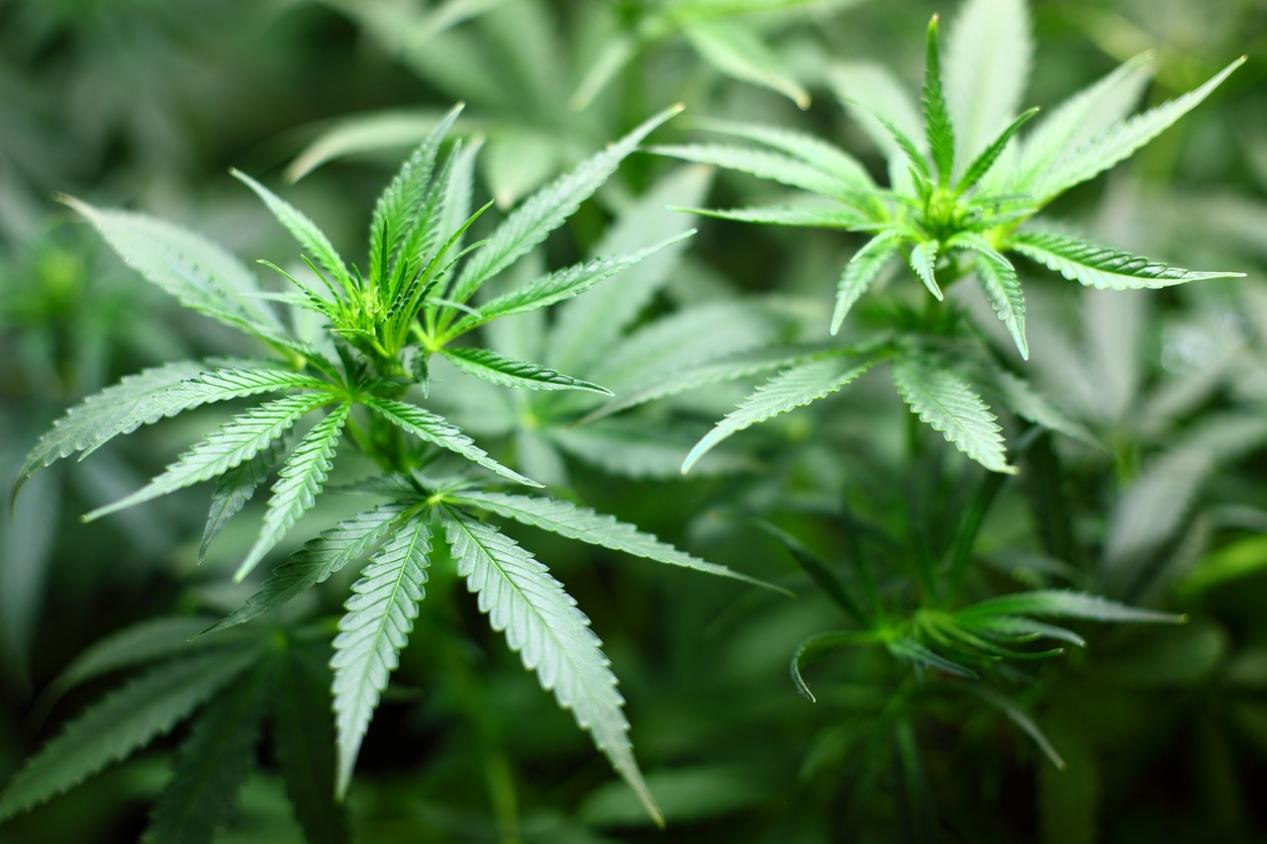The cultivation of cannabis, a delicate dance between science and nature, hinges on meticulously controlling environmental factors. Among these, lighting reigns supreme, dictating the success and quality of the final harvest. While traditional high-pressure sodium (HPS) and metal halide (MH) lamps have long been the mainstay in indoor cannabis cultivation, the advent of LED grow lights has ushered in a new era, offering a more efficient, versatile, and sustainable solution.

Fine-Tuning the Spectrum for Optimal Growth
Cannabis plants are highly tuned to the light spectrum, with each wavelength having a unique effect on their growth and development. Sunlight, a complex mix of ultraviolet to infrared wavelengths, provides the foundation for healthy plant life. Indoor growers, however, rely on artificial light sources to replicate this spectrum, and LED grow lights excel in this area.
The ability to precisely control spectral output is a key advantage of LEDs. Growers can tailor the light to meet the specific needs of the cannabis plant at each stage of its life cycle. During the vegetative stage, blue dominant light stimulates healthy growth and encourages the development of robust foliage. As the plant transitions to the flowering stage, a red-heavy spectrum triggers the formation of dense, resin-rich buds, resulting in increased yields.
In addition, strategic combinations of wavelengths can influence the biochemical composition of the plant, affecting THC and CBD levels. By carefully optimizing the light spectrum, growers can fine-tune the potency and therapeutic properties of their cannabis plants.
Energy Efficiency: A Boon for Growers and the Environment
One of the most compelling advantages of LED grow lights is their exceptional energy efficiency. Compared to traditional HPS and MH lamps, LEDs boast a significantly higher energy conversion rate, translating to substantial cost savings on electricity bills. This energy efficiency not only benefits the grower's financial bottom line but also aligns with the growing emphasis on sustainable practices within the cannabis industry. By reducing energy consumption, LED grow lights significantly minimize the carbon footprint associated with indoor cannabis cultivation, making it a more environmentally responsible choice.
Versatility and Longevity: A Long-Term Investment
In addition to energy efficiency, LED grow lights offer remarkable versatility and longevity. These advanced lighting systems can be precisely tuned to deliver the optimal light spectrum for each stage of the cannabis plant's life cycle, ensuring that plants receive the exact wavelengths they need for optimal growth and development. In addition, LED grow lights are known for their long life, often exceeding 50,000 hours. This durability translates into reduced replacement and maintenance costs, further improving the financial viability of grow operations.
Minimizing Heat Stress and Optimizing Space
Traditional grow light systems often generate significant heat, which can stress delicate cannabis plants. LED grow lights, on the other hand, produce significantly less heat, reducing the risk of heat-related damage. This controlled thermal environment promotes healthy plant development and maximizes yield potential. In addition, the compact and lightweight design of LED grow lights simplifies installation and allows for more efficient use of grow space. This versatility allows growers to optimize their grow setups to maximize yield and quality in a smaller footprint. The introduction of LED grow lights represents a paradigm shift in cannabis cultivation. By harnessing the unique benefits of this cutting-edge technology, growers can unlock the full potential of their plants, resulting in higher yields, increased potency and improved overall plant health. As the industry continues to evolve, LED technology is poised to become the gold standard, leading the cannabis cultivation sector into a more sustainable, efficient and prosperous future.